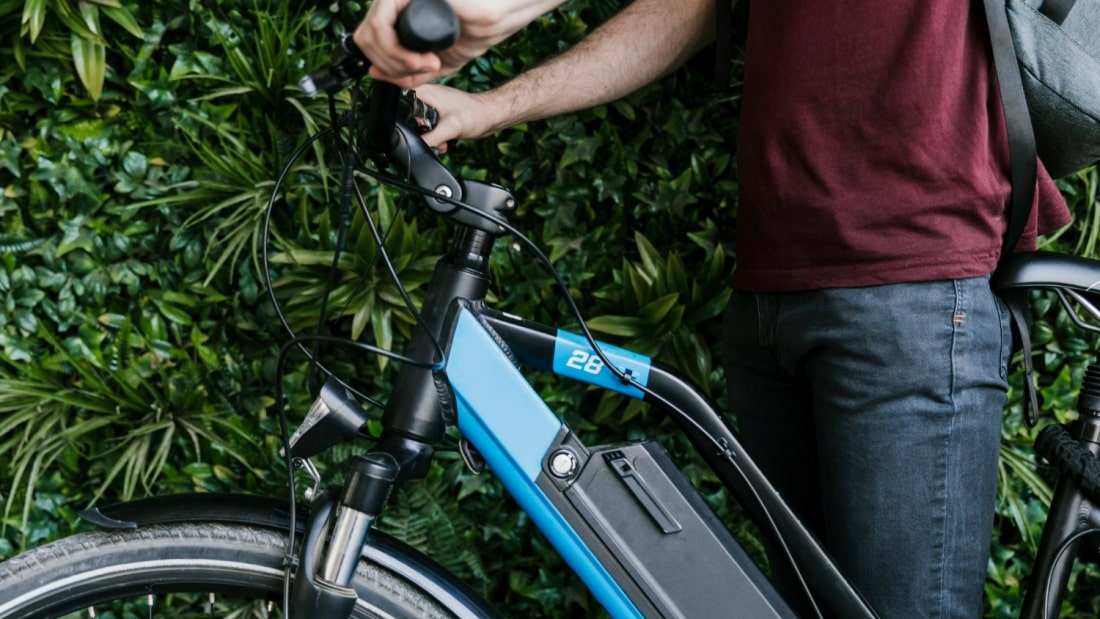
Varied regulations impact speed pedelec usage across Europe
214 days ago
3 minutes
Source: Fietsberaad
A recent study conducted by Mobycon on behalf of the German bicycle industry association Zweirad-Industrie-Verband (ZIV) sheds light on the diverse regulations governing speed pedelecs in Germany, Belgium, Denmark, the Netherlands, and Switzerland. The findings reveal significant disparities, with Switzerland and Denmark permitting speed pedelecs on almost all cycle paths, while in Germany, they are restricted to roadways.
Mobycon conducted this research to compare the slow growth of speed pedelec usage in Germany to other countries. More than 22,000 speed pedelecs were sold in Switzerland in 2022, which accounted for approximately 10 percent of the total number of e-bikes sold. Meanwhile, in Germany 11,000 pedelecs were sold, despite it being a country with a population ten times bigger than Switzerland’s. According to the report by ZIV and Mobycon, these differences are related to the quality of the cycling infrastructure and clear enforceable regulations.
According to Mobycon, based on current accident data, it cannot be objectively determined whether it is safer for speed pedelecs to be used on roads or on cycle paths. However, the report notes that accidents involving speed pedelecs tend to result in more severe consequences than those with regular bicycles.
In Denmark and Switzerland the speed pedelec is treated as a bicycle, whereas in the Netherlands the speed pedelec is only allowed on cycle paths if mopeds are also permitted there. Notably, the Netherlands is the sole country among the five studied to have an adjusted speed limit for speed pedelecs on cycle paths.
In Germany, the prohibition of speed pedelecs on cycle paths is thought to be due to limitations in existing cycling infrastructure, with cycle paths often being too narrow to accommodate speed pedelecs or cargo bikes, and may need to be shared with pedestrians. Unlike the Netherlands, Germany lacks a consistent provision of separate cycling infrastructure; in the Netherlands, cycle paths are mandatory on roads with a speed limit of 50 km/h.
The most lenient stance towards speed pedelecs is observed in Switzerland, where authorities are considering widening cycle paths rather than imposing bans. This nuanced approach highlights the complex interplay between regulations, infrastructure, and the adoption of speed pedelecs across European countries.


LEVA EU
Campaign success
Lorem ipsum dolor sit amet, consectetur adipisicing elit, sed do eiusmod tempor incididunt ut labore et dolore magna aliqua.
Member profile
Lorem ipsum dolor sit amet, consectetur adipisicing elit, sed do eiusmod tempor incididunt ut labore et dolore magna aliqua.